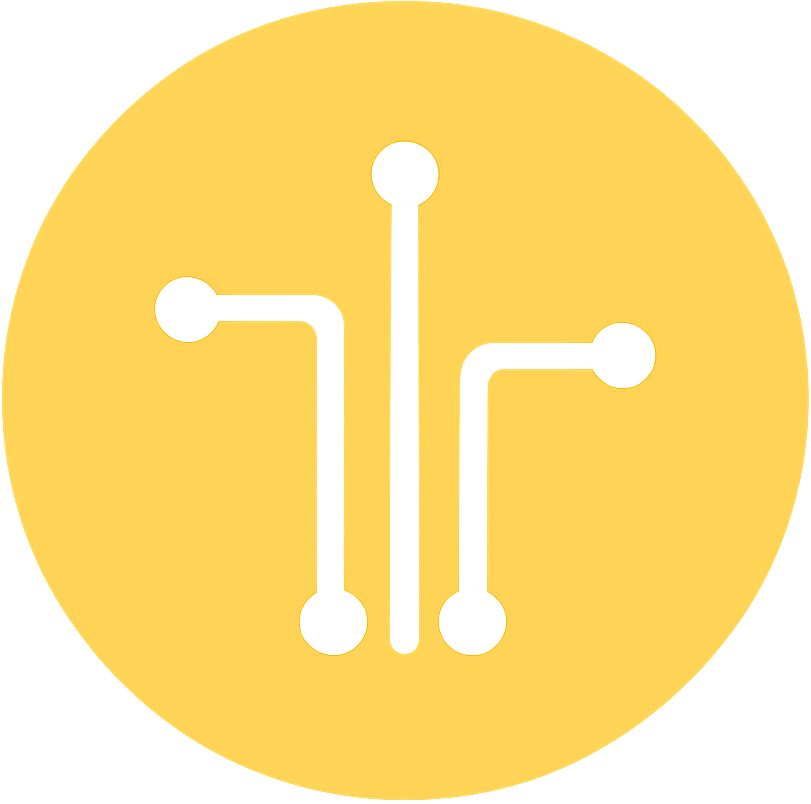ASL interpreting plays a vital role in ensuring equal access to education at all levels. From early childhood education to post-secondary institutions, ASL interpreters serve as liaisons for communication, facilitating seamless interaction between Deaf or Hard of Hearing individuals and their peers, teachers, and educational content.
• Elementary and secondary education - ASL interpreters empower students by providing real-time translations of classroom discussions, lectures, and educational materials. This enables Deaf or Hard of Hearing students to actively participate in classroom activities, engage with their peers, and access information crucial for their academic success.
• Higher education - ASL interpreters continue to play a crucial role in ensuring inclusivity and accessibility. They assist students in lectures, seminars, and discussions, ensuring they have equal opportunities to engage with the curriculum, express their ideas, and pursue their academic goals.
• Extracurricular activities - clubs, sports, campus events, etc. Interpreters enable Deaf or Hard of Hearing students to fully participate in vibrant and diverse educational experiences outside of formal academic settings.
In all levels of education, ASL interpreters not only facilitate communication but also foster a supportive and inclusive learning environment where all students can thrive. Their dedication to breaking down communication barriers paves the way for educational equity and ensures that Deaf or Hard of Hearing individuals have the opportunity to pursue their educational aspirations without limitations.











